Travel Blog
|
 Machu Picchu is a must see. It now seems straight out of Indiana Jones. In the summer of 1911, a dashing American explorer named Hiram Bingham led a Yale University expedition through the jungles near Cuzco to discover an unknown ruin perched on a spectacular Andean crag: the “lost city of the Incas.” Adventurers had been searching for the site for centuries, although nobody had been sure of its existence. News of the romantic find spread around the world, and Bingham would go on to become a U.S. Senator. But the 1911 “discovery” was actually less heroic than it sounds. Bingham had actually been led to the site by a local farmer named Melchor Arteaga, whom he had met while camping on the Urubamba River. Far from being “lost,” the Peruvian peasants of the area had always known about the site—and gave it its name, Machu Picchu, which means Ancient Peak. Still, to modern archaeologists, Machu Picchu raises more questions than it answers. About 1,000 people once lived there, in around 200 structures, but why was the spectacular citadel built? Bingham himself threw out wild theories. At first, he thought he had found the last refuge of the Incas who held out against the Spanish, Vilcabamba. (In fact, he had already come across the real ruins of Vilcabamba, which lay 60 miles to the west, and he had found them unimpressive). He then decided that Machu Picchu was the last holdout of Cuzco’s sacred Virgins of the Sun, who had fled the marauding conquistadors. For want of another theory, this has certainly held the popular imagination. A century later, archaeologists are still arguing about the city’s true purpose. Most agree that it was a religious center for the Incas. Beyond that, speculation reigns. Was it part of a province wiped out in a rebellion? Or a royal estate supplying Cuzco with coca leaves? One thing hasn’t changed since 1911: everyone’s first glimpse of the city poised high above the jungle-covered ravines is one of the most majestic images in South America. Hiking the young mountain 1, 410 steps up and back down is something everyone should experience. The views you have up in the clouds looking down over the area is beautiful and eye dropping. We design our journeys around the stories they will tell. What story might you discover next with Experience Travelin? Start planning your next trip today!
Call 512.355.1817 or complete this form and we will be in touch!
0 Comments
Peru is rich in history, cultural traditions, and archaeological sites. Peru is located in the western and central part of South America. It is the third largest country in South America and one of the 20 largest countries in the world. The country has 3 main regions according to the traditional method of dividing the country by altitude: coast, mountains and jungle. It is easy to travel to from Austin, TX. When traveling to Peru you do need to come into Lima "City of Kings" to get acclimated to the altitude at least for one night. You are encouraged to chew coca leaves when you pick up your bags. There is also coca candy that is recommended to use as well. We had the pleasure of exploring Lima. Lima is the capital and largest city of Peru. It is located in the central coastal part of the country overlooking the Pacific Ocean. We walked down to their shopping mall and beach area where many love to surf. Peru is known for surfing. Picture by Tina Valdez While visiting the main square (Plaza Mayor) where the Government Palace, City Hall and Archiepiscopal Palace are located there was a ceremony going on honoring the military at the Cathedral. They had many different branches of military being honored. Pictures by Tina Valdez If you like to shop there is an Indian Market that you should check out. There are some great items to bring back with to Austin such as alpaca sweaters, purses, scarfs, leather items, wood items made from olive trees, local artists, plus much more. Pictures by Tina Valdez Our next stop was to the Sacred Valley. We visited the indigenous market of Pisac. The village's old town is an Inca-era grid of cobblestoned streets and adobe buildings. Here natives come to town to exchange or buy products. In the 1st picture below you can see the big stones that are angled at the door. There is no mortar holding them together. They are carved to interlock with each other and be able to withstand earthquakes. The Inca moved them from the quarry to the location they are in now. The 2nd picture is the water coming down from the Andes mountains for folks to use. The 3rd picture are buildings on the side of the mountain where the Incas used to store their crops to keep them cool and away from the sun. Pictures by Tina Valdez We hiked the Ollantaytambo ruins, a massive Inca fortress with large stone terraces on a hillside. Major sites within the complex include the huge Sun Temple and the Princess Baths fountain. Mt. Bonnell in Austin is similar if you want to experience something close to home. Pictures by Tina Valdez Our next adventure was to Machu Picchu "The Lost City of the Inkas." We took the Vista dome train from Ollantaytambo to Machu Picchu. We saw beautiful views of the Urubamba River and snow cpped Andean mountain range. Machu Picchu is one of the most energetic and spiritual places in the Inca civilization. Temples, palaces, towers and staircases are built into the side of the mountain. Huayna Picchu is 2,693 metres (8,835 ft) above sea level, or about 260 metres (850 ft) higher than Machu Picchu (Oldest and Sun Gate). We had the pleasure to experience hiking to the top of Huayna Picchu. It is 1, 410 steps to the top. It was steep! This was a big accomplishment down in the books. Pictures by Tina Valdez Our next stop was to Cusco. It is a city in the Peruvian Andes, where it once was the capital of the Inca Empire, and is now known for its archaeological remains and Spanish colonial architecture. Plaza de Armas is the central square in the old city, with arcades, carved wooden balconies and Incan wall ruins. The baroque Santo Domingo Convent was built on top of the Incan Temple of the Sun (Qoricancha), and has archaeological remains of Inca stonework. During the Inca period the stones were covered with gold. The cathedral is a real piece of art that holds hundreds of paintings. Spaniards built on top of the Inca stones and tried to destory the work the Inca's did. Stone Pieces (Incan Epoch- XIV-XV)-These pieces of Andesite, Diorite and Limestone are some architectural elements found in this complex. They were used in the construction of walls, water, canals, and ceremonial niches. These pieces demonstrate the technology and quality of the workmanship known to the Tawantinsuyo stone workers. We visited the Historical Center of Cusco called Sacsayhuaman. They are still uncovering many stone formations in the area. It is an Inca complex surrounded by walls that are made by fitting stones tightly together without any mortar. The largets stone is 128 tons. These are massive stones that the Incas put together. Our next stop was to check some local textile work at Tectile Sulca. This is were you will find some great baby alpaca items. Baby alapca is soft and cool to touch and will maintain your body temperature once you put the item on. Their products are made with the material, instruments and in the same way that they are made by their culture ancestors. Here is a lady sharing the weaving process. There are two types of alpacas. One is long hair and the other is short haired. Here are some samples of the beautiful work they have. They will dye the alpaca wool the colors they want. It can take 6 to 8 months to finish a piece or longer. There are sweaters, pillows, table mats, blankets plus more that you can bring back to Austin with you. Pictures by Tina Valdez Our next treat was visiting and having lunch with a local family. Marco and Adi have a beautiful home decorated with a yard full of gorgeous flowers. The food was fabulous! We enjoyed avacado salad, pasta, potatoe fries, quinoa tortillas, large corn on the cob, beef stew, and vegetables. They made us feel so welcomed. Adi sings opera and shared a song with us. Marco shared his little village he had built on the property. It was adorable. It was a joy to spend some time with them. Another jewel we got to visit was a local silver shop. They had some wonderful jewerly pieces to pick from. There were rings, bracelets, pendants, ear rings and more to shop around through. Here are some of the stones and shells they work with. Great gifts to bring home to loved ones in Austin, TX. Cusco has two markets and plenty of shops for you to enjoy. We stopped in at the San Pedro Market to find tons of fresh fruit, homemade breads, vegetables, meats, nuts and more much like the farmers markets we have in Austin. Guinea pigs are a popular source of meat for Peruvians. Our adventure in Peru was a great experience. I would recommend it. Is Machu Picchu or the painted mountain on your travel list? #ExperienceTravelin can help you with your trip to #Peru. We are a travel agency near Austin,TX. Start planning your next dream vacation today!
Call 512.355.1817 or complete this form and we will be in touch. |
AuthorI love to travel and explore the world. My goal is to help others actually experience their desired destination(s) whether they are traveling solo or as a group. The world has so much to offer. Archives
April 2020
Categories
All
|








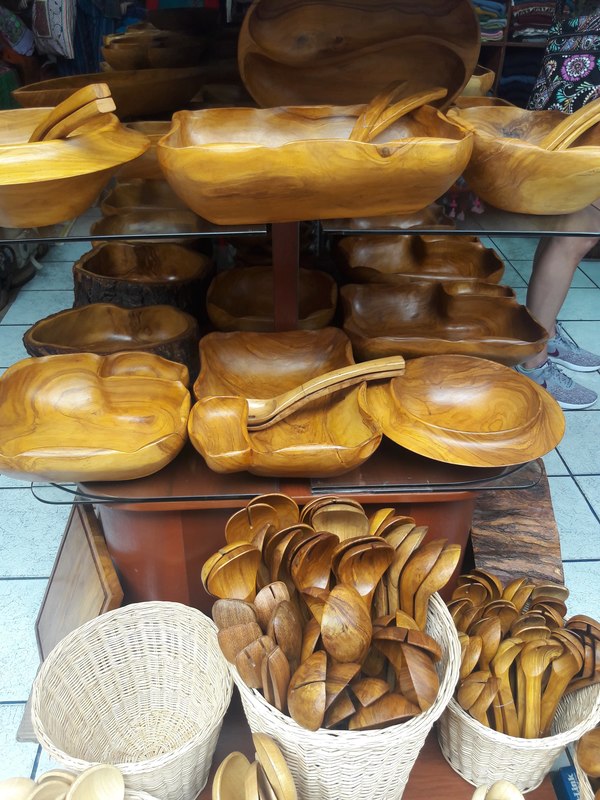

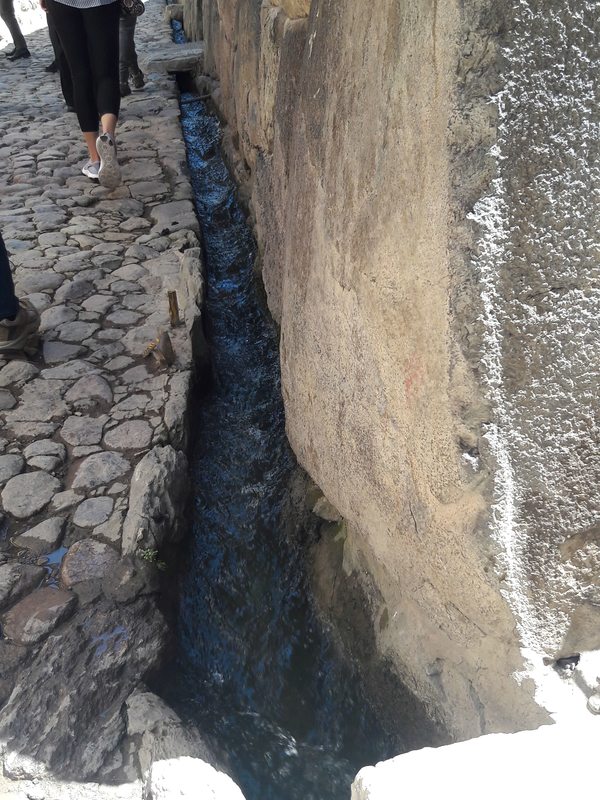






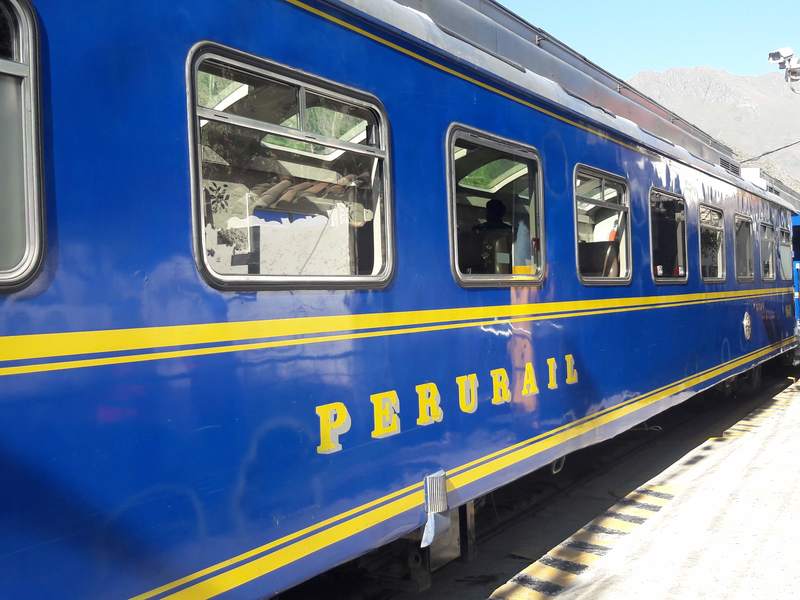




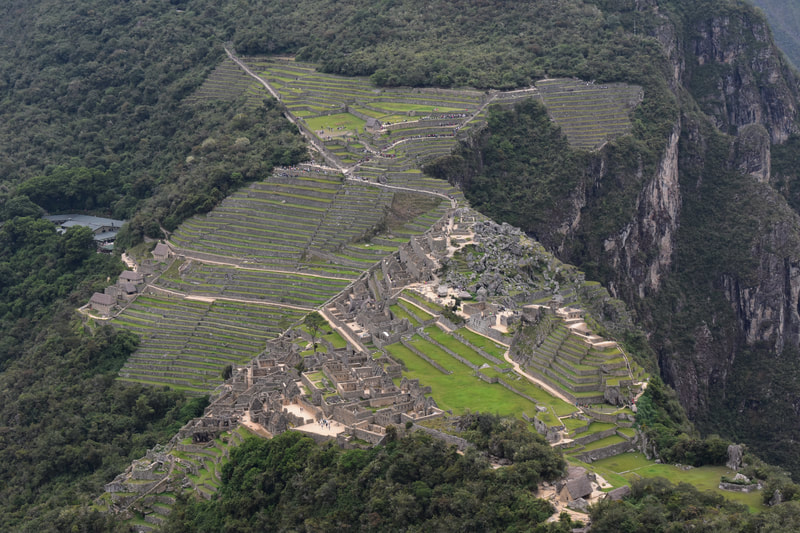













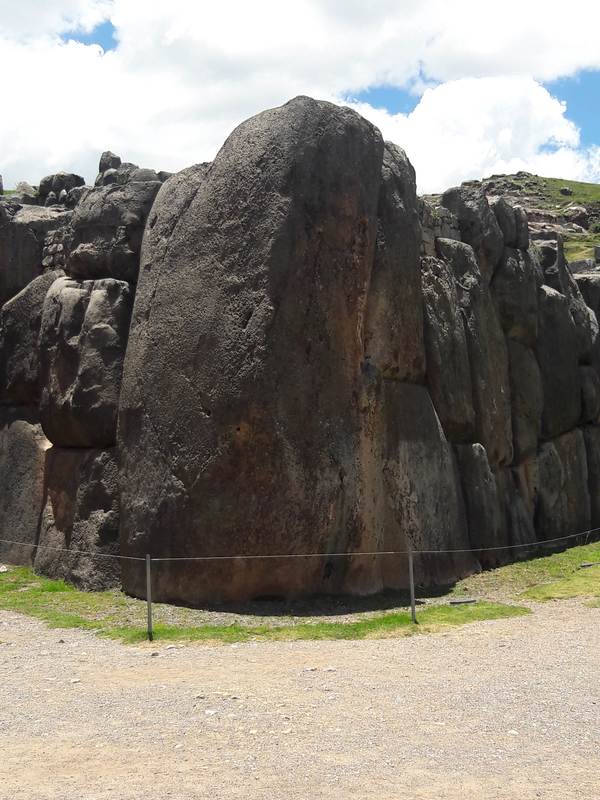
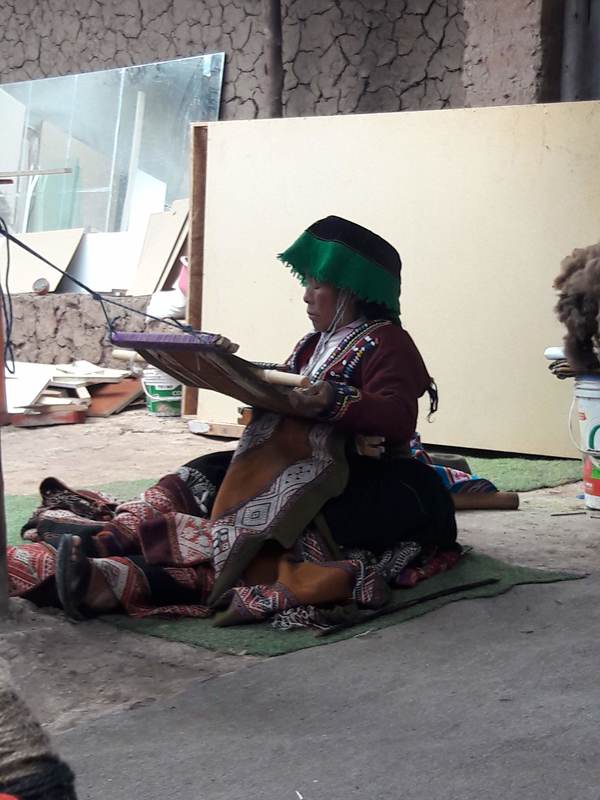




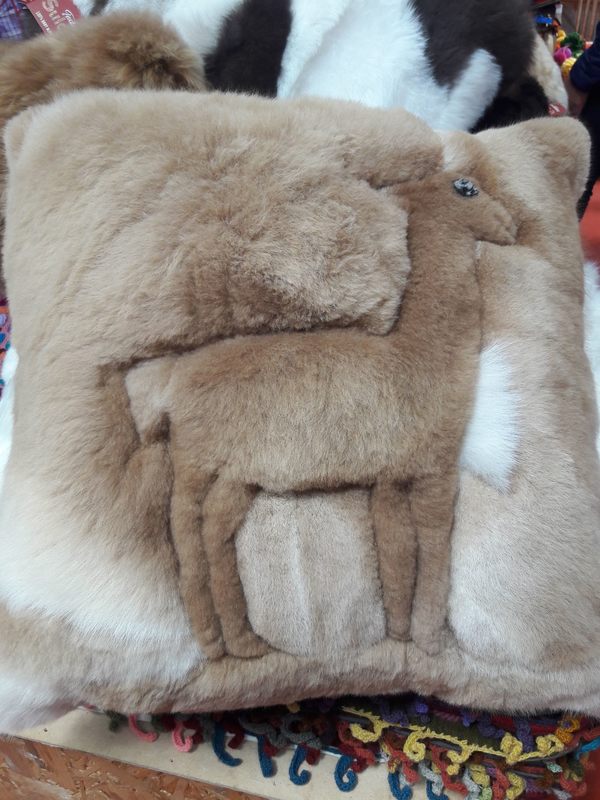














 RSS Feed
RSS Feed
